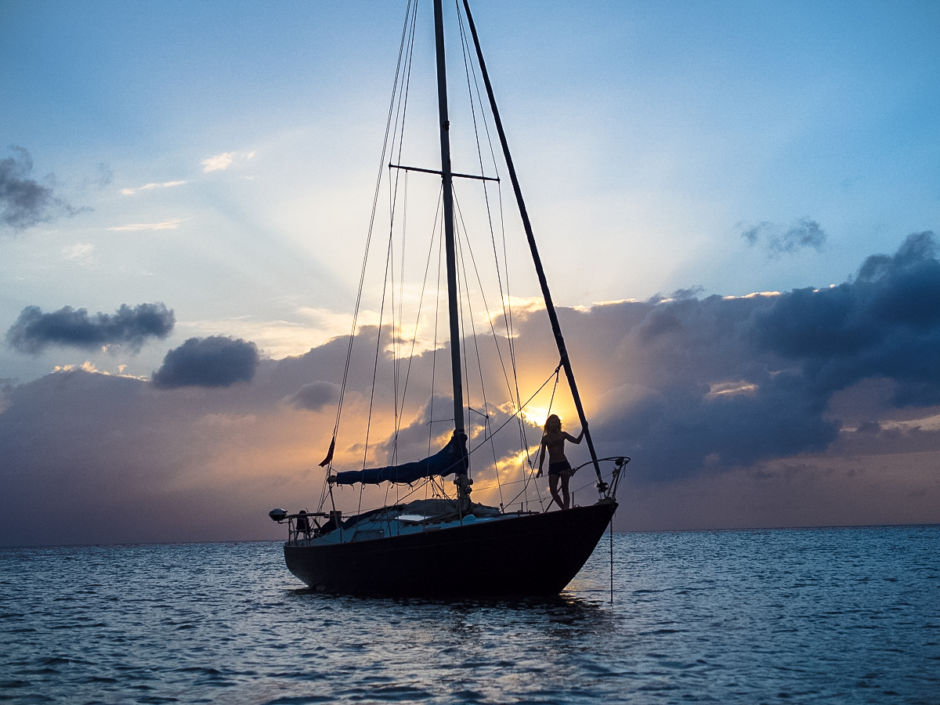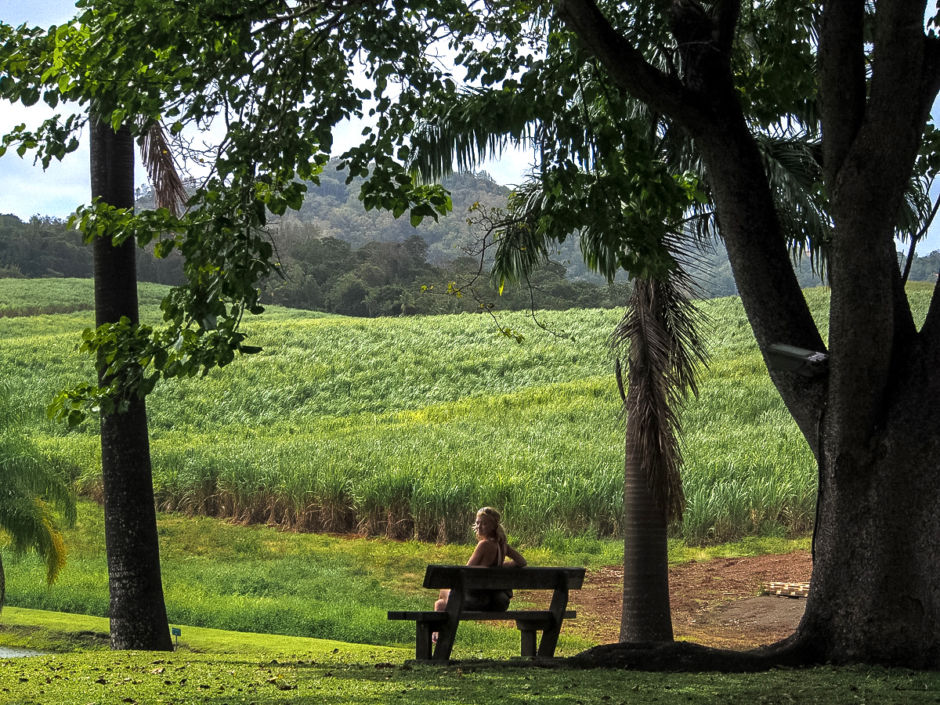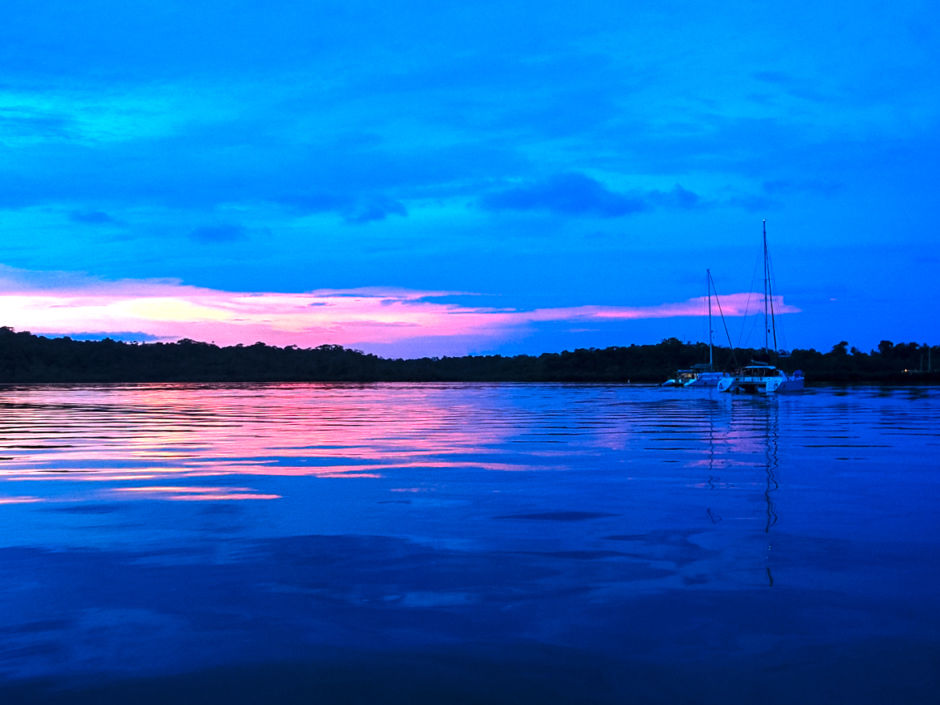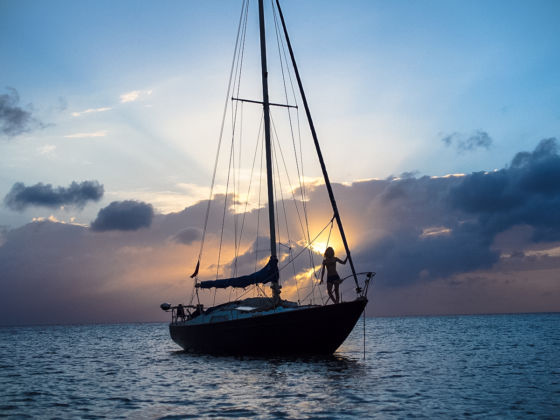IN 2014, I set sail with my partner on a 1974 yacht. We left England in June and sailed south with no real idea of where we were going. I had never sailed before but I was spurred on by the promise of tropical islands, intriguing animals, and clear, warm waters. We ended up sailing for over two years, covering 17,000 miles to Panama and back again. This life-changing voyage opened my eyes up to this age-old method of travel and just how little you need to go great distances.

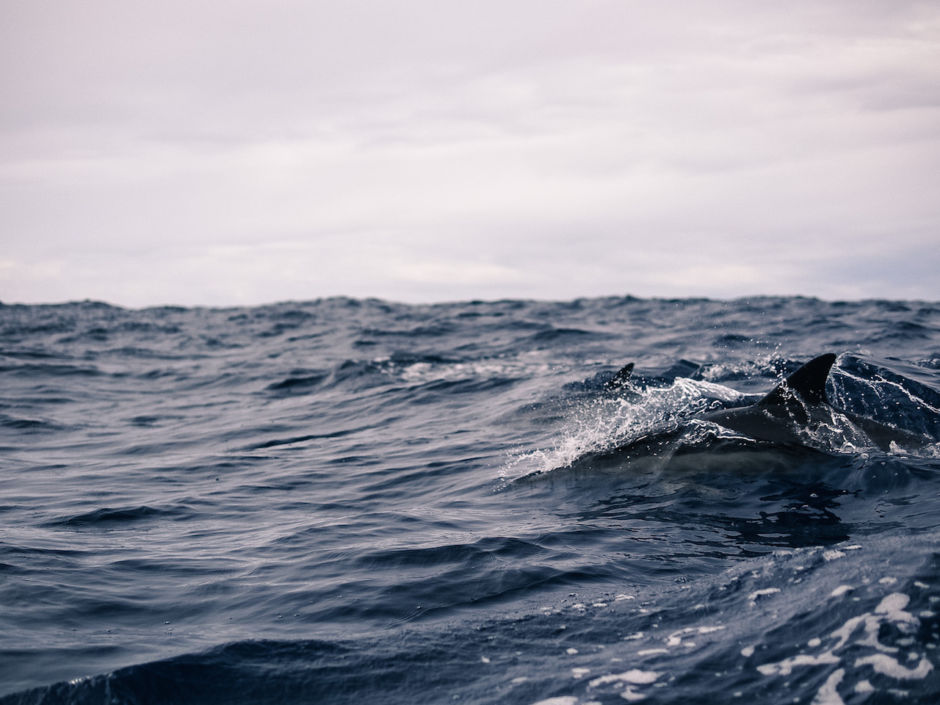
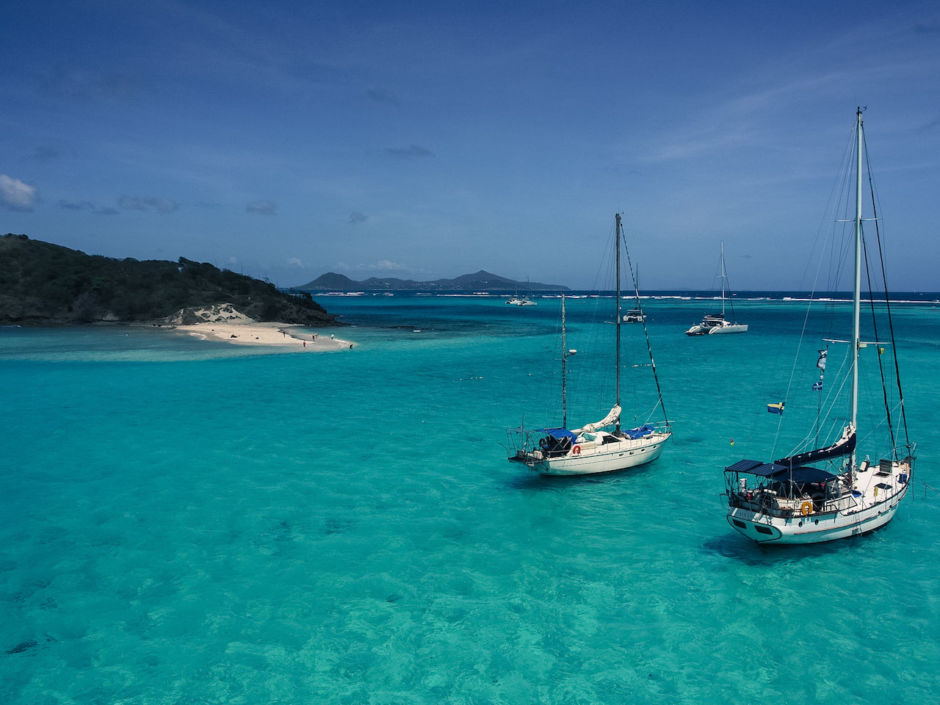
Intermission
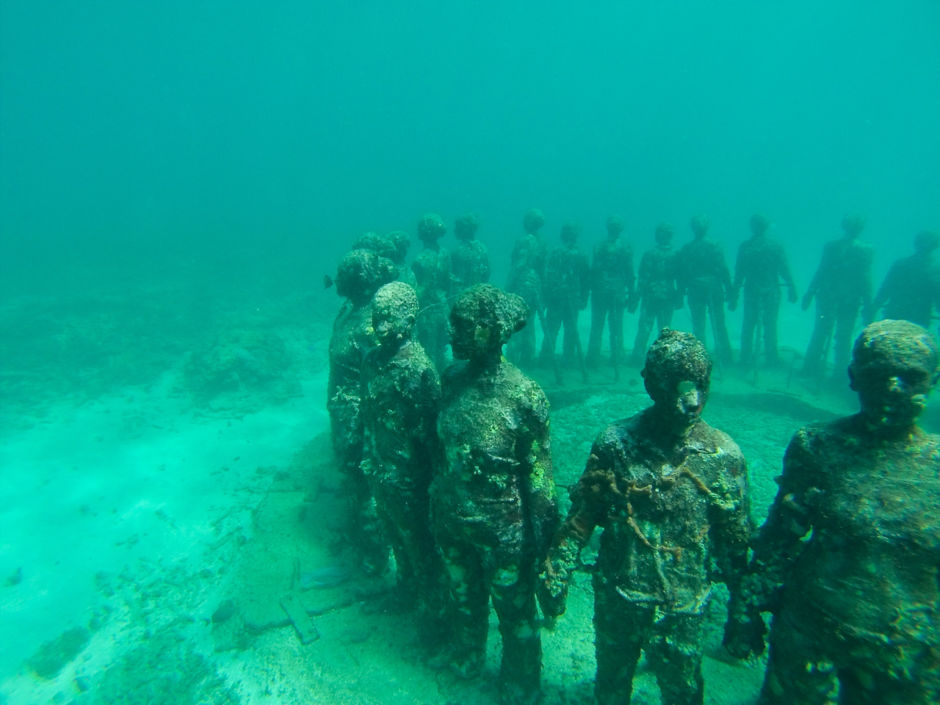
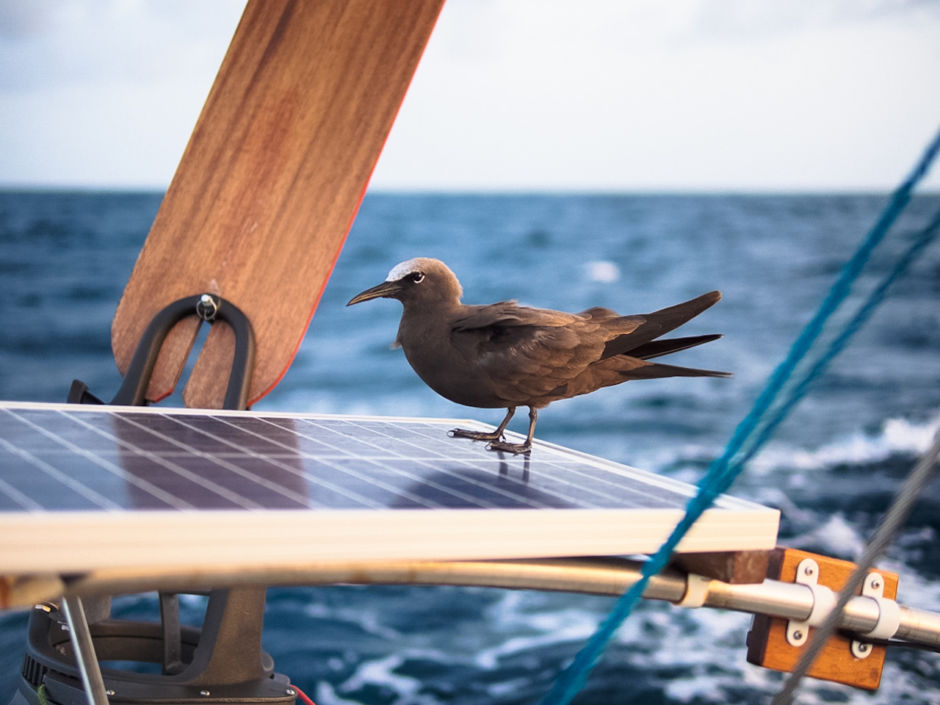
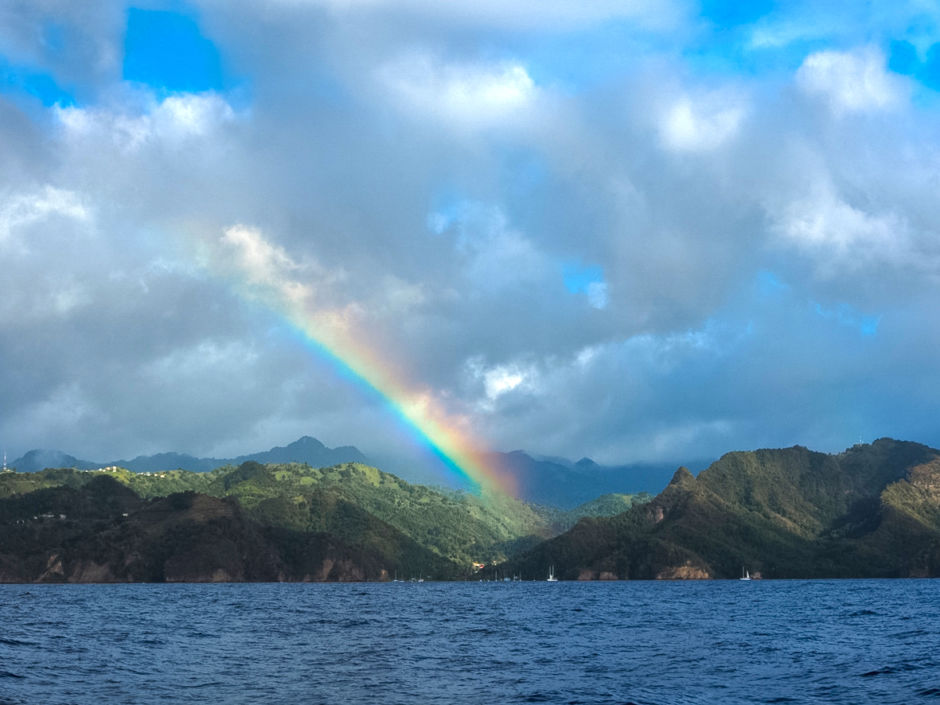
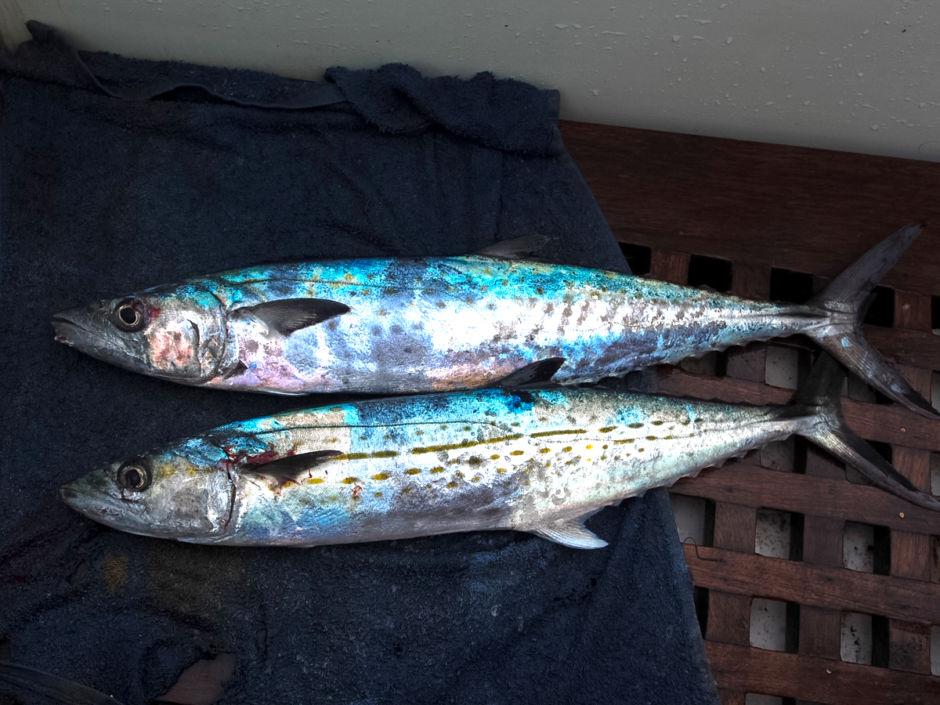
Intermission
